Products Lineup
News / Blog
Other Menus
Product lineup:seasonal-kakejiku
-
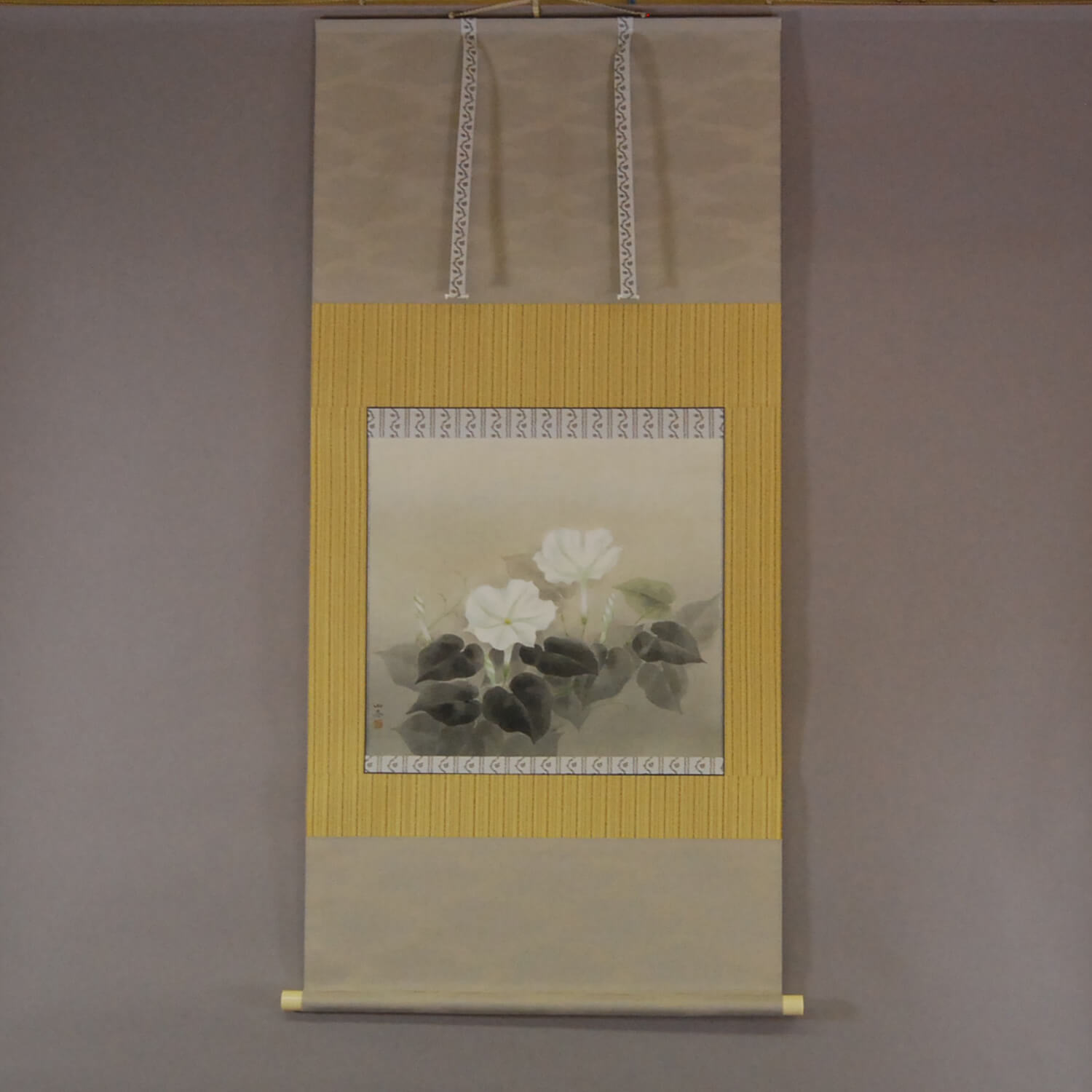 Product ID-0098
Kakejiku Hanging Scroll: Bottle Gourd Flowers / Yuki Mizukoshi
Yuugao
Product ID-0098
Kakejiku Hanging Scroll: Bottle Gourd Flowers / Yuki Mizukoshi
Yuugao
-
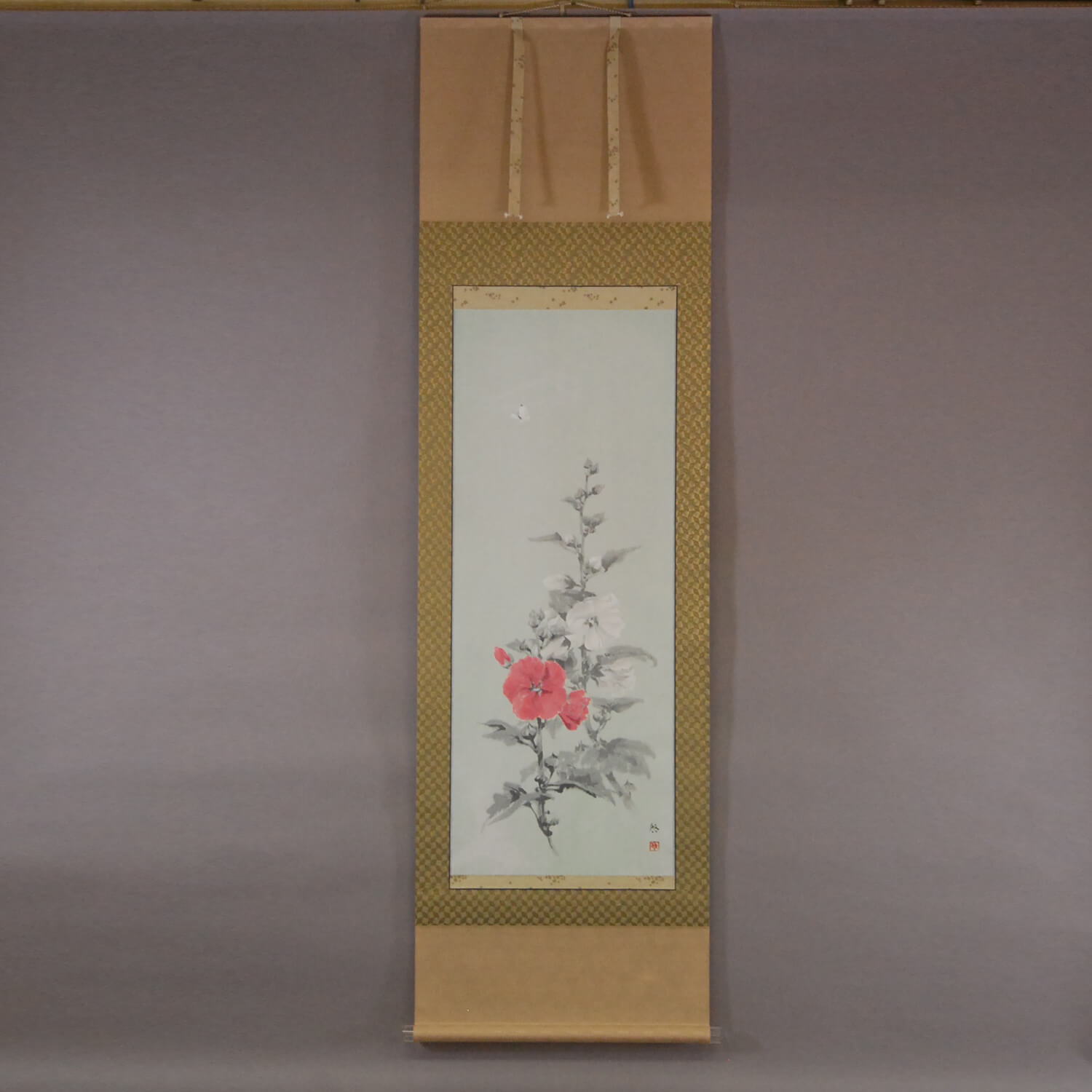 Product ID-0099
Kakejiku Hanging Scroll: Hollyhock / Keiji Yamazaki
Tachiaoi
Product ID-0099
Kakejiku Hanging Scroll: Hollyhock / Keiji Yamazaki
Tachiaoi
-
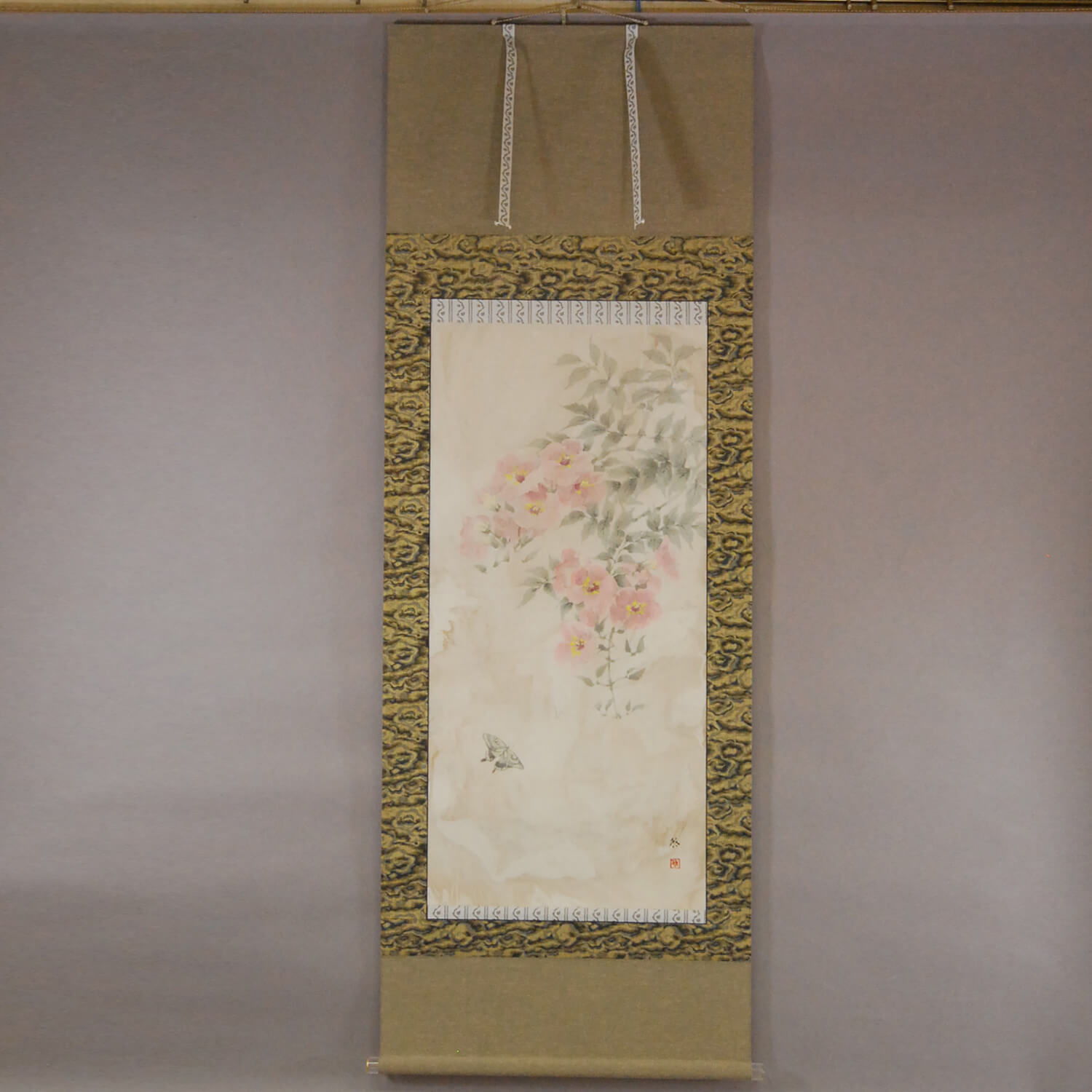 Product ID-0100
Kakejiku Hanging Scroll: Chinese Trumpet Vine / Keiji Yamazaki
Nouzenkazura
Product ID-0100
Kakejiku Hanging Scroll: Chinese Trumpet Vine / Keiji Yamazaki
Nouzenkazura
-
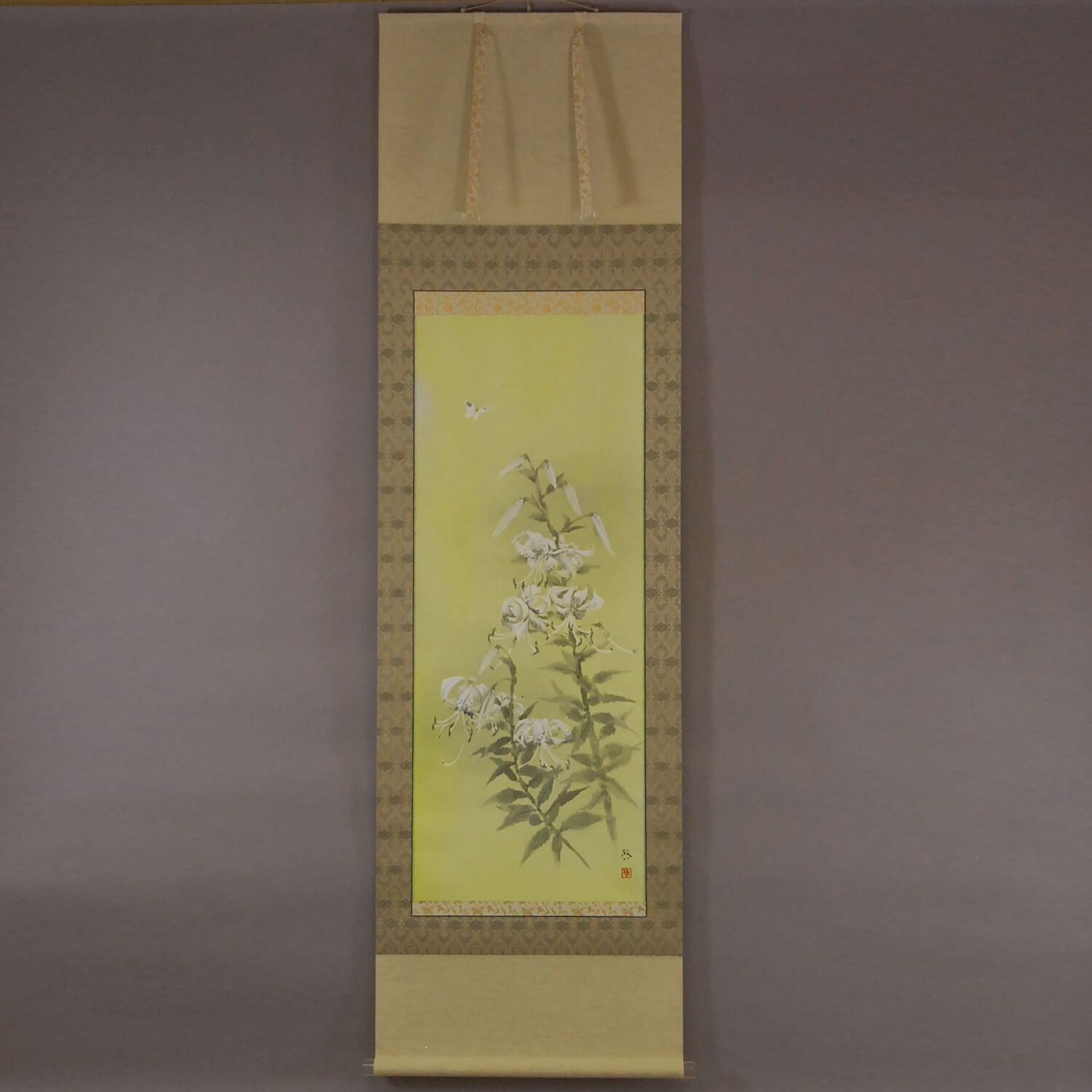 Product ID-0101
Kakejiku Hanging Scroll: Lily / Keiji Yamazaki
Yuri-zu
Product ID-0101
Kakejiku Hanging Scroll: Lily / Keiji Yamazaki
Yuri-zu
-
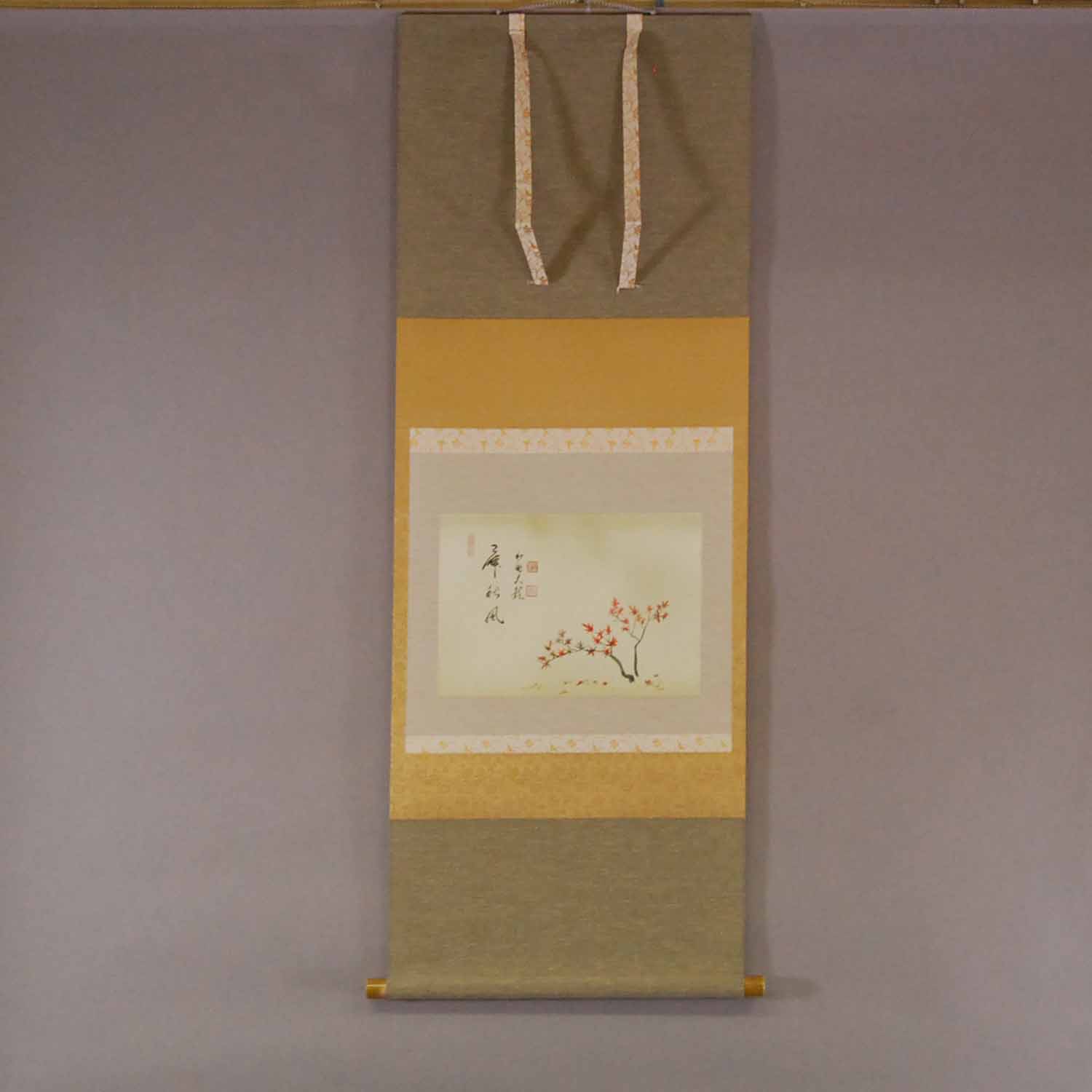 Product ID-0102
Kakejiku Hanging Scroll: Autumn Leaves / Arima Raitei
Momiji: Akikaze-ni-mau
Product ID-0102
Kakejiku Hanging Scroll: Autumn Leaves / Arima Raitei
Momiji: Akikaze-ni-mau
-
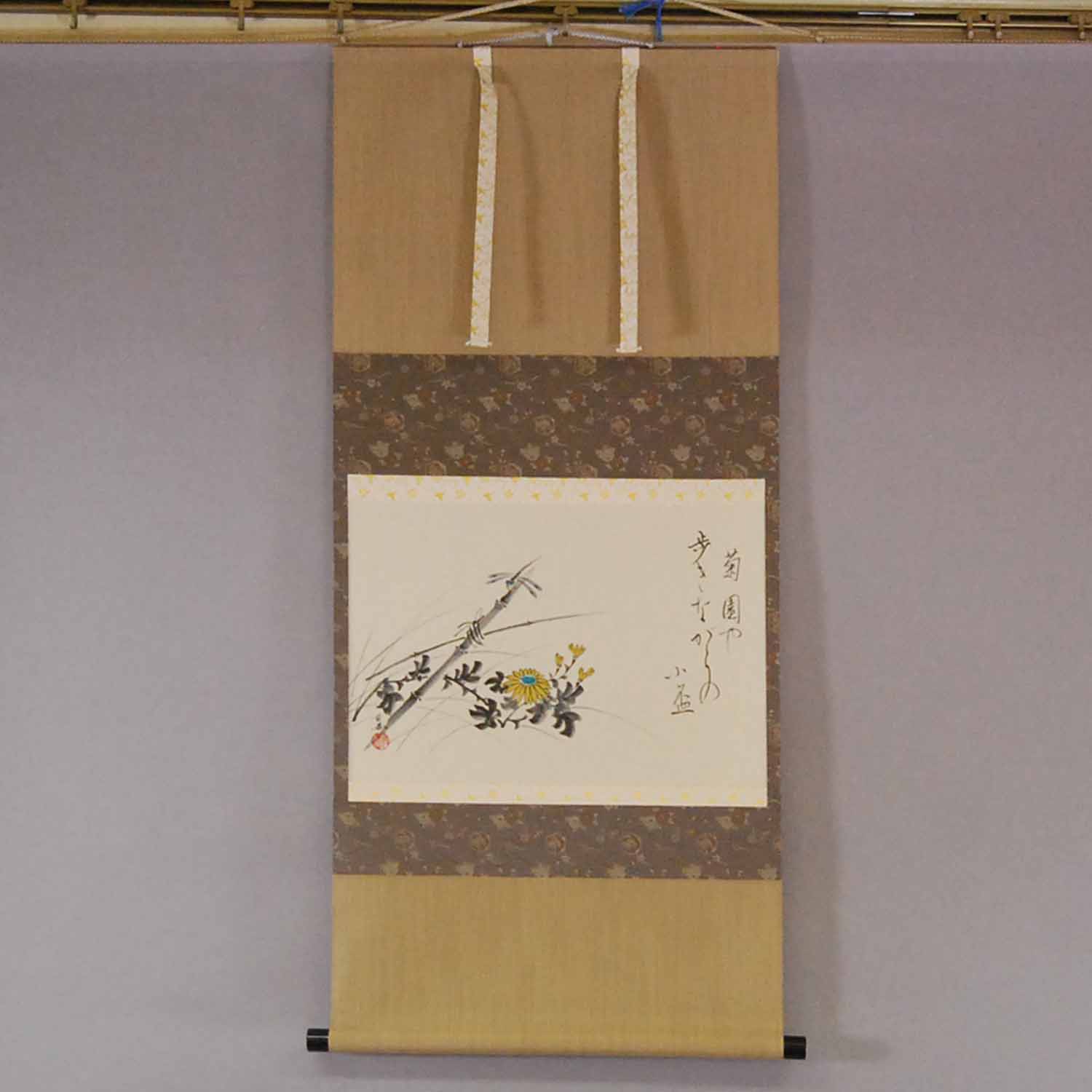 Product ID-0103
Kakejiku Hanging Scroll: Chrysanthemum Sake / Tekiho Imoto
Haiga: Kiku
Product ID-0103
Kakejiku Hanging Scroll: Chrysanthemum Sake / Tekiho Imoto
Haiga: Kiku
-
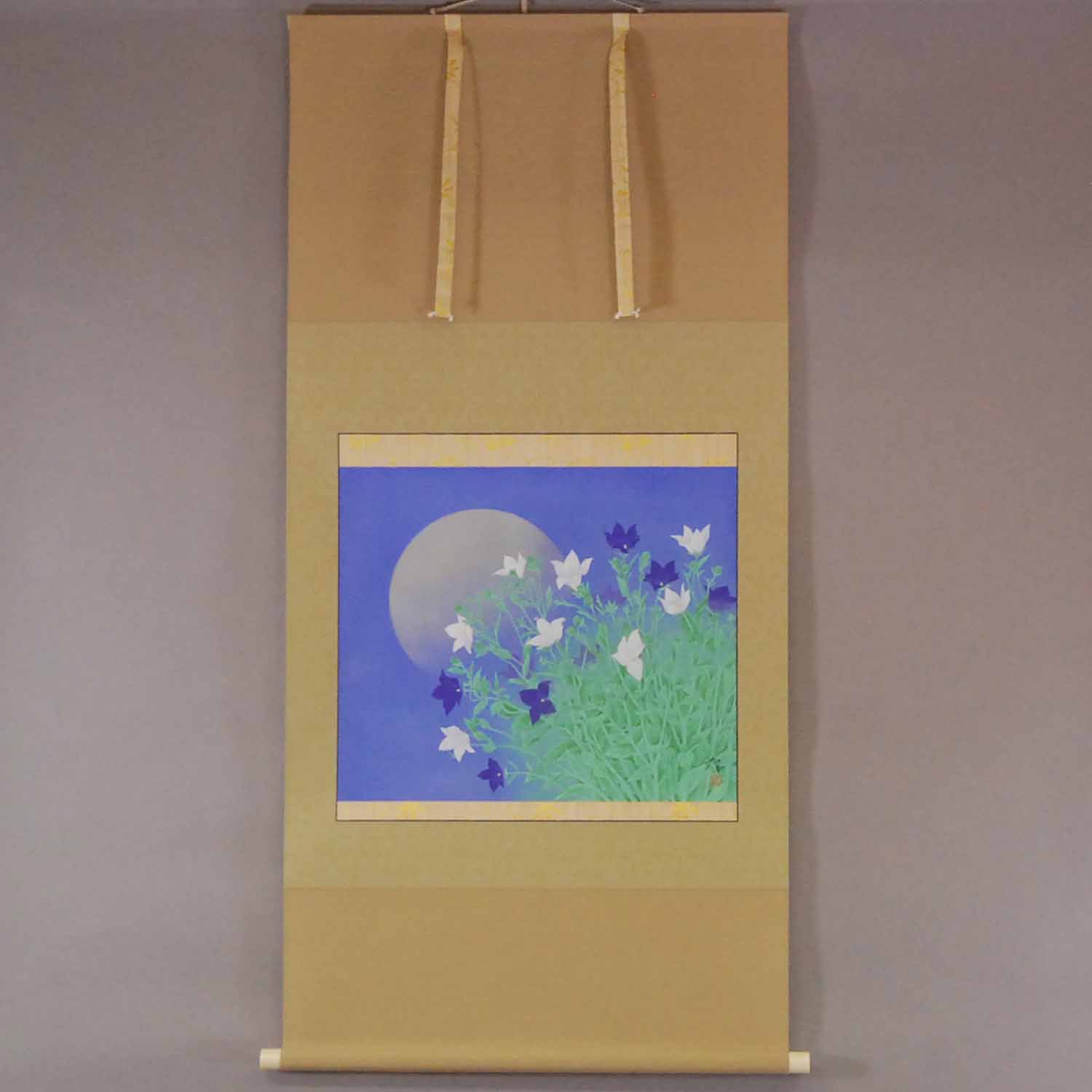 Product ID-0104
Kakejiku Hanging Scroll: Mid-Autumn Moon / Katō Tomo
Chuushuu
Product ID-0104
Kakejiku Hanging Scroll: Mid-Autumn Moon / Katō Tomo
Chuushuu
-
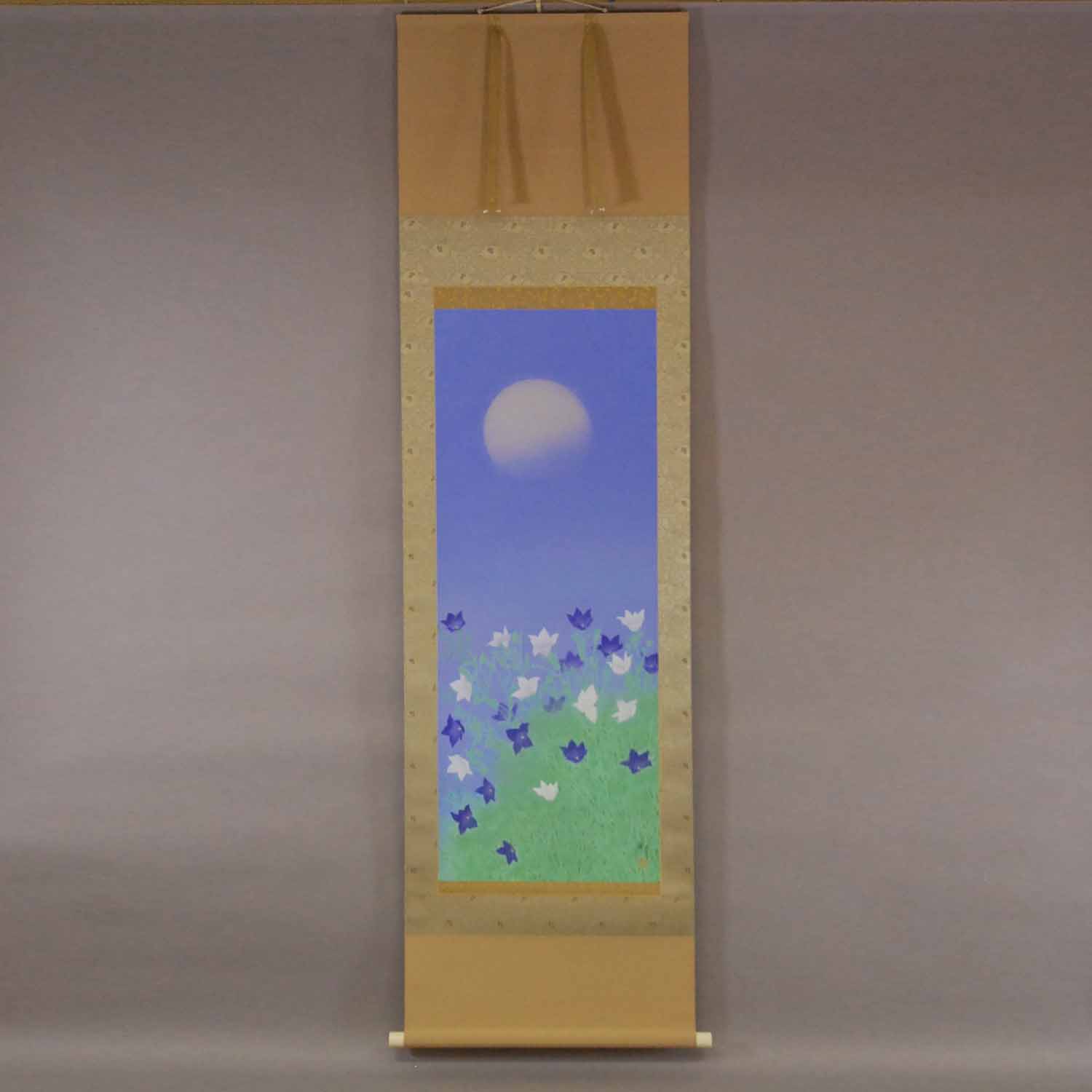 Product ID-0105
Kakejiku Hanging Scroll: Mid-Autumn Moon / Katō Tomo
Chuushuu
Product ID-0105
Kakejiku Hanging Scroll: Mid-Autumn Moon / Katō Tomo
Chuushuu
-
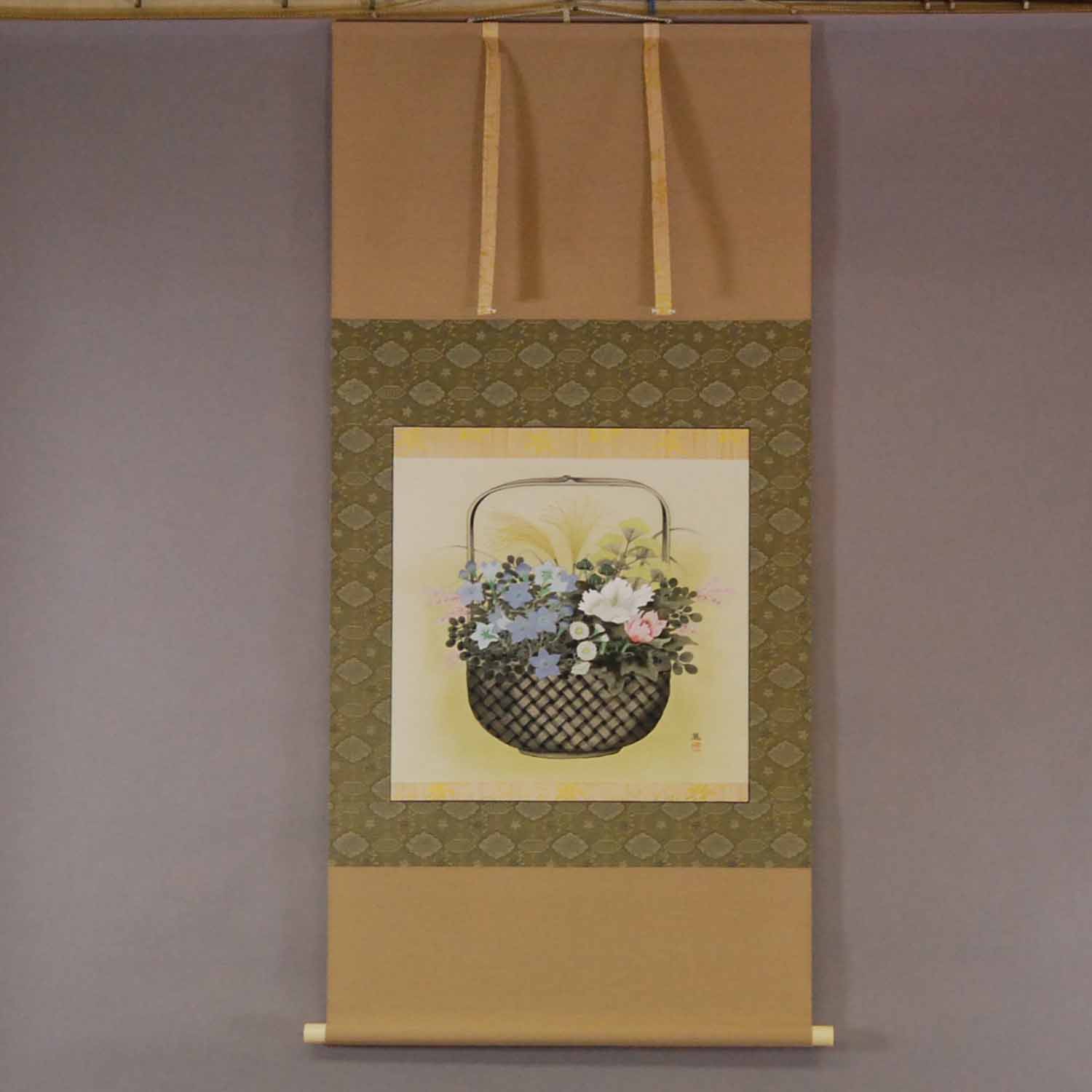 Product ID-0106
Kakejiku Hanging Scroll: Autumn Flowers / Susumu Kawahara
Akikusa
Product ID-0106
Kakejiku Hanging Scroll: Autumn Flowers / Susumu Kawahara
Akikusa
-
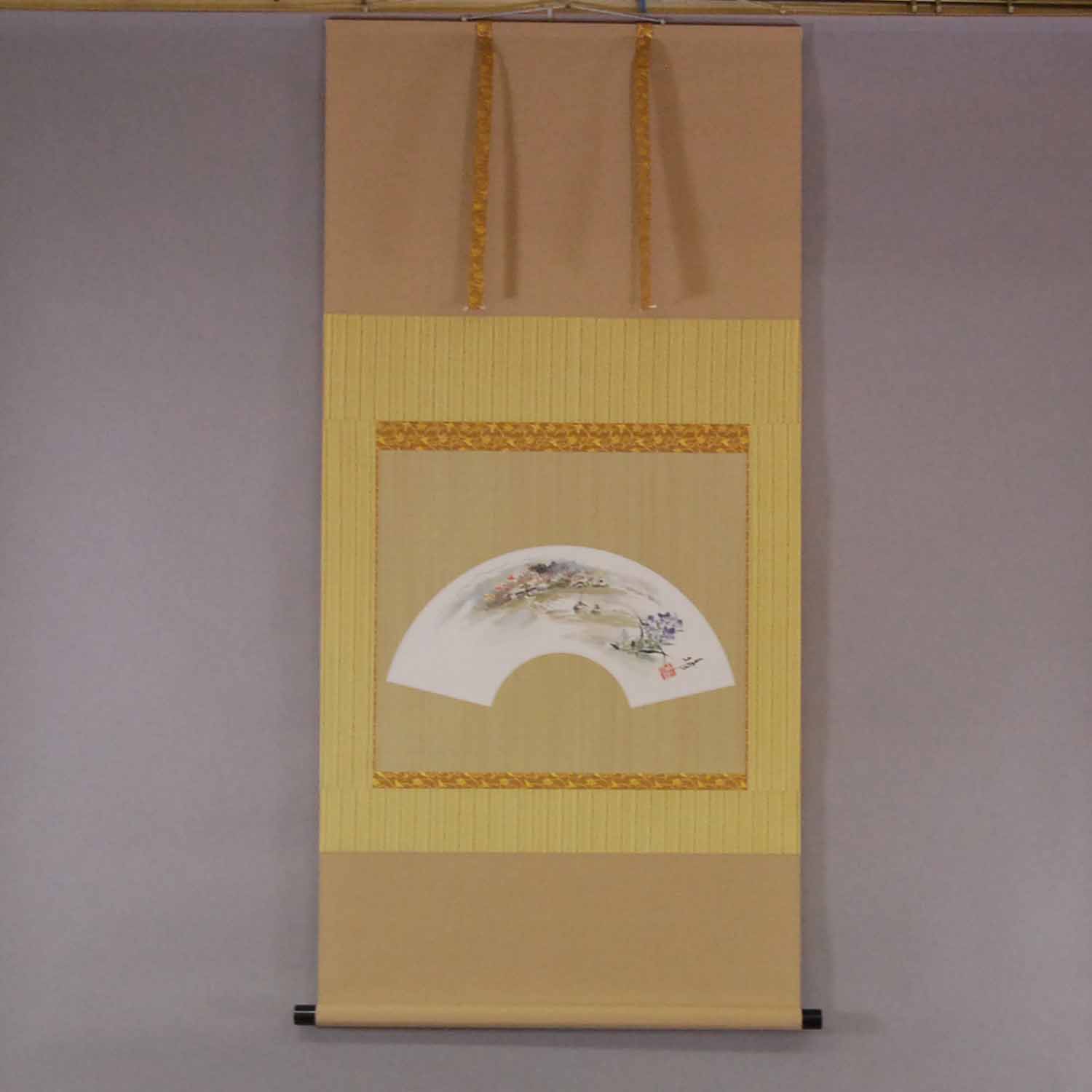 Product ID-0107
Kakejiku Hanging Scroll: Gentian / Katsunobu Kawahito
Rindou
Product ID-0107
Kakejiku Hanging Scroll: Gentian / Katsunobu Kawahito
Rindou
-
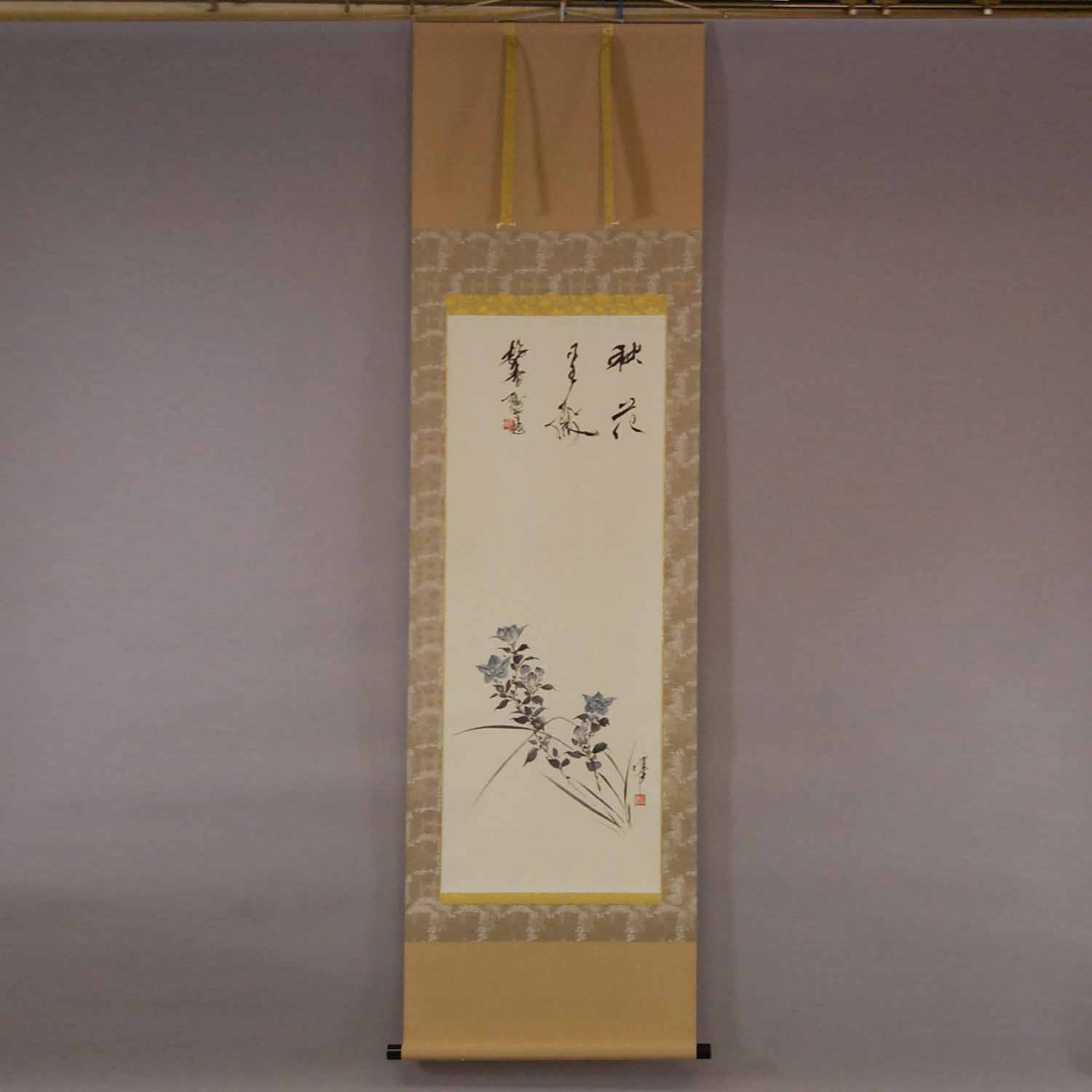 Product ID-0108
Kakejiku Hanging Scroll: Bellflower / Katsunobu Kawahito & Kakushou Kametani
Kikyou
Product ID-0108
Kakejiku Hanging Scroll: Bellflower / Katsunobu Kawahito & Kakushou Kametani
Kikyou
-
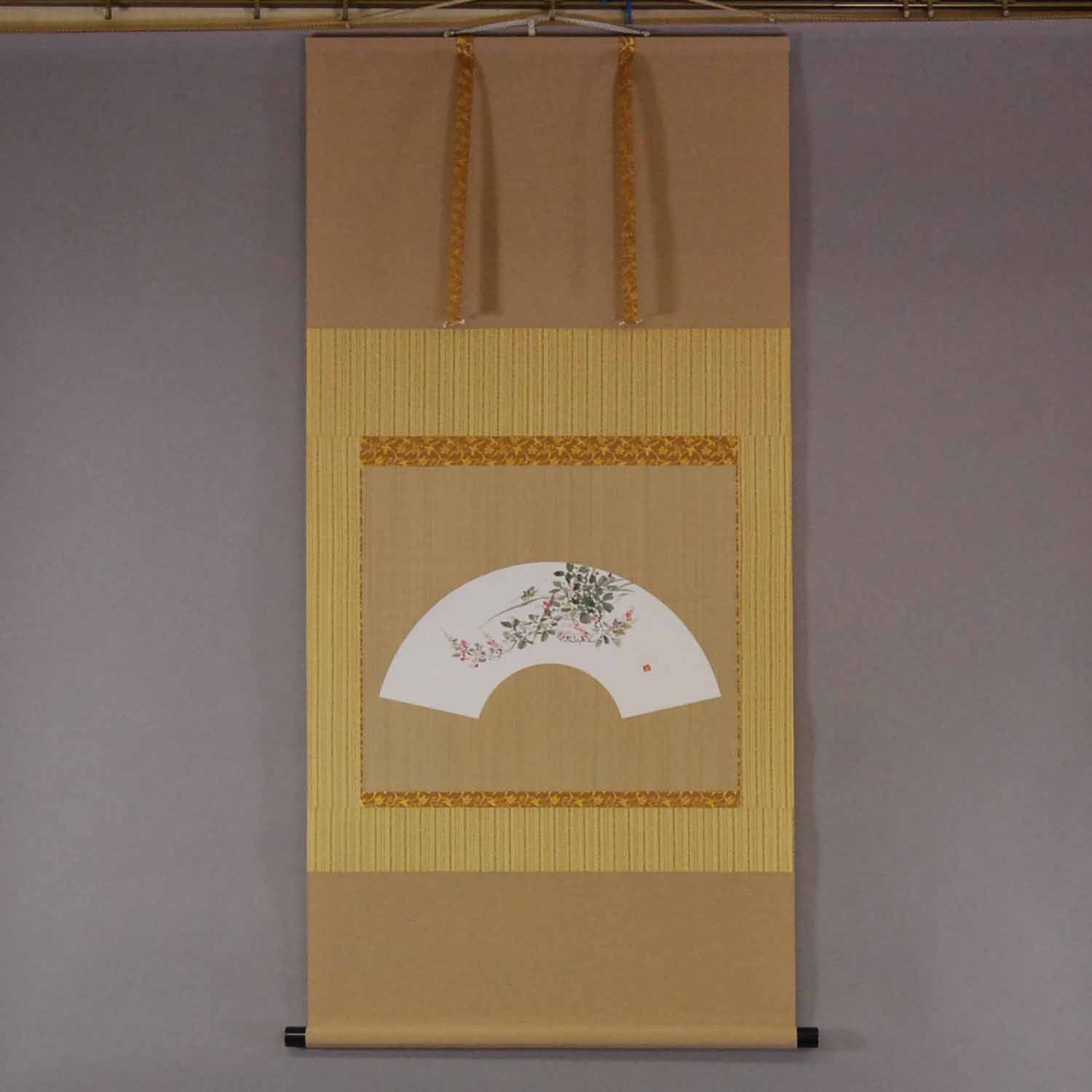 Product ID-0109
Kakejiku Hanging Scroll: Bush Clover / Katsunobu Kawahito
Hagi
Product ID-0109
Kakejiku Hanging Scroll: Bush Clover / Katsunobu Kawahito
Hagi
Contact Us
Please fill out the form below and submit for your inquiry.
Your privacy is important to us. We are committed to protecting your privacy.
(or press ESC or click the overlay)
CEO Message
(or press ESC or click the overlay)Our Feelings For Kakejiku
Company Profile

Name Art Nomura
President Tatsuji Nomura
Founded1973
Established1992
Address7-23 Babadori, Tarumi-ku, Kobe city,
Hyougo Prefecture, 655-0021, Japan
Capital10 million yen
URLhttp://nomurakakejiku.com
Our Business
Art Nomura is an art dealer which produces kakejiku (hanging scrolls). We mount many paintings and calligraphic works in kakejiku in my factory. Kakejiku are our main product. We also remount and repair old or damaged kakejiku. We share the traditional Japanese art of kakejiku with people all over the world.
(or press ESC or click the overlay)
Access Map
(or press ESC or click the overlay)Access Map
